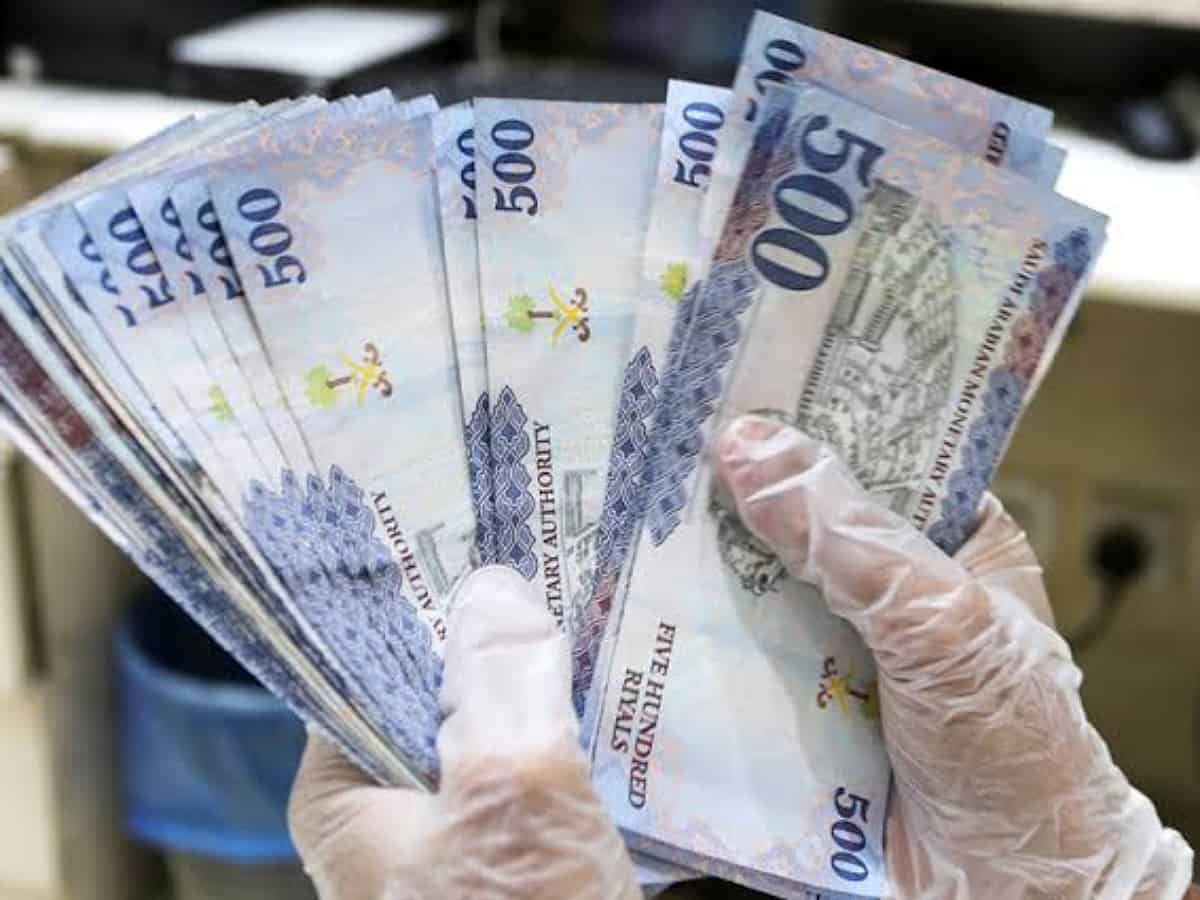
Riyadh: The Kingdom of Saudi Arabia (KSA) recorded a budget surplus during the second quarter of 2022, amounting to 77.909 billion riyals ($20,734 billion) due to the rise in crude oil prices.
The surplus in the second quarter is 35 percent higher than the first three months of the year, reaching 135 billion riyals in the first half of the year.
On Thursday, August 4, the Saudi Ministry of Finance data showed that revenues amounted to more than 370 billion riyals (98.472 billion dollars), and expenditures for the second quarter of the budget amounted to more than 292 billion dollars (77.708 billion dollars).
According to the data, oil revenues during the second quarter exceeded 250 billion riyals (66.531 billion dollars), while in the first quarter they had registered 183.7 billion riyals (66.531 billion dollars).
The data also showed that non-oil revenues recorded 120 billion riyals ($31.934 billion) in the second quarter, compared to 94.2 billion riyals ($25.068 billion) in the first quarter of 2022.
According to the data, the value of the Saudi budget surplus exceeded 135 billion riyals ($35.926 billion) in the first half of 2022, including 57.5 billion riyals ($15.302 billion) in the first quarter of 2022.
The Saudi budget in the first half also recorded revenues of 648.3 billion riyals (172.528 billion dollars), while expenditures amounted to 512.9 billion riyals (136.495 billion dollars), bringing the surplus to 135.3 billion riyals ($36 billion).
It is noteworthy that the International Monetary Fund expected, last July, that the Saudi economy would grow by 7.6 per cent this year, and 3.7 per cent during the year 2023.
The fund’s data expectations also increased the growth of the Saudi economy, with an increase of 0.1 percentage point, compared to the expectations of last April, which was 3.6 per cent.
The credit rating agency, Moody’s, expected the Saudi economy to grow at an average rate of about 3.9 per cent, during the years 2022 to 2026.



